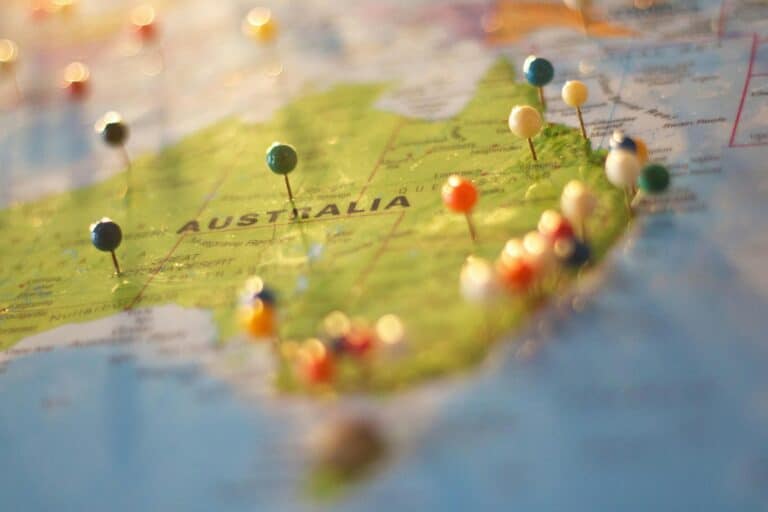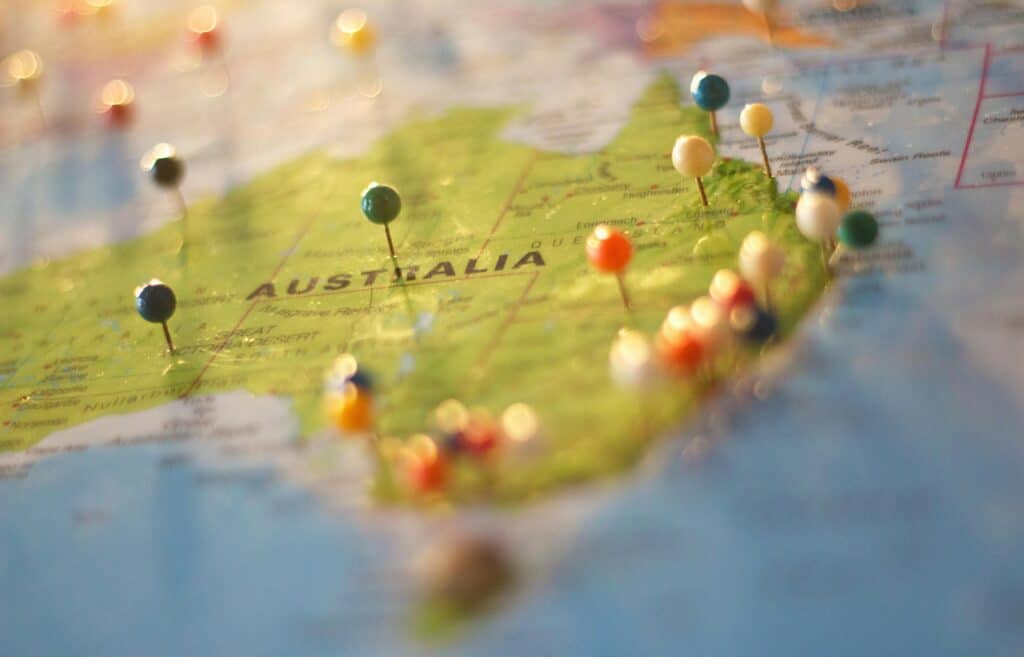
Are you gearing up for a fresh start in Australia? You’re likely excited about the stunning weather, breathtaking landscapes, and vibrant, multicultural cities. But alongside the adventure comes a need to tackle some practicalities, like understanding how to file taxes or navigating the Australian education system.
Another key consideration is your cost of living expenses in Australia – and that’s where this guide steps in. Here, we’ll break down the cost of living in Australia to help you plan effectively.
Send and Receive Money Internationally in the UK with Remitly.
Get started with our free mobile app.
Download
Housing
Wherever you’re planning to settle in Australia, finding the right place to live will be a top priority. The cost of housing varies greatly depending on factors like the size and condition of the property, as well as its location.
Surprisingly, despite the global renown of Sydney and Melbourne, Canberra has the priciest rental market in the country. According to property platform Domain, the median weekly rent for an apartment in Canberra is AUD 530 per week, compared to AUD 490 in Sydney. Melbourne is generally more affordable, with a median rent of AUD 375 per week.
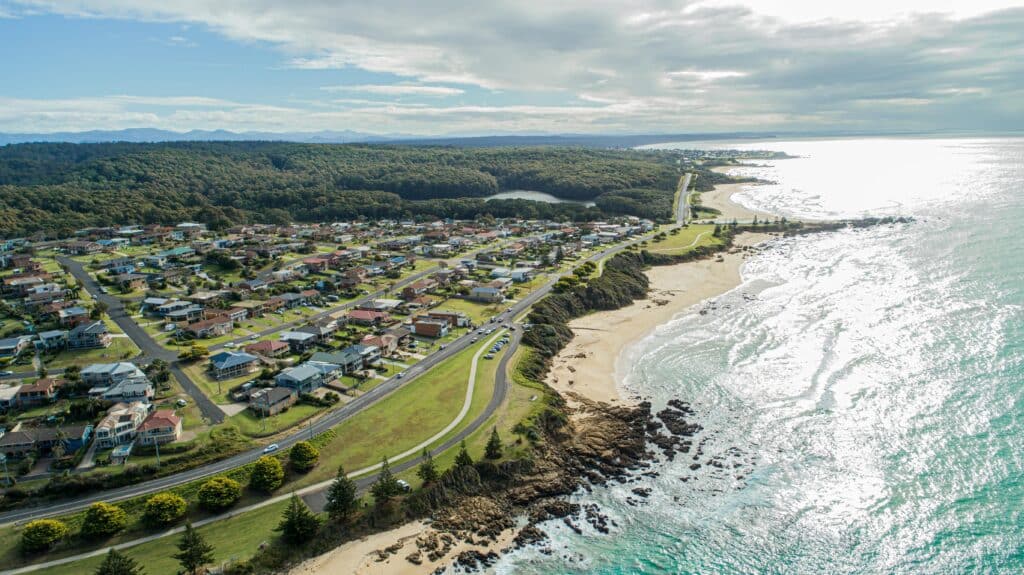
Why is Canberra more expensive than other major cities? The high demand for housing combined with limited supply plays a big role. The Australian Capital Territory, where Canberra is situated, also boasts the nation’s highest average wages, enabling residents to pay higher prices.
These figures are general estimates. Listings websites like Domain and Realestate.com.au can help you find properties significantly below the median price point. For instance, a studio flat in Sydney may be available for as little as AUD 300 per week, though this might mean compromising on location or space.
Transport
Public transport in Australia is excellent, with various options like buses, trains, metros, and light rail systems. Let’s take Sydney as an example: fares depend on how far you’re travelling and the mode of transport. The maximum daily fare for adults is AUD 16.30 on weekdays and AUD 8.15 on weekends and public holidays, with a weekly cap of AUD 50.
In Canberra, transport is cheaper despite the city’s higher rental costs. The weekday cap is AUD 9.60, and weekends cost no more than AUD 5.87 per day.
Students, pensioners, and other groups may qualify for discounts or even free travel, depending on the state or territory. Travelling during off-peak hours on weekdays often comes with reduced rates as well.
Lifestyle costs
Budgeting for everyday expenses in Australia largely depends on your lifestyle and habits. For instance, the average single-person household spends around AUD 98 per week on groceries, according to price comparison site Canstar Blue.
Supermarkets like Woolworths and Coles offer competitive prices on essentials. At the time of writing, a kilo of chicken thighs costs AUD 7 at Woolworths, and a loaf of white bread is priced at AUD 1.70. Alternatively, you could shop at independent stores for speciality and artisanal goods, though prices will be higher.
Clothing is another area where spending varies. You can pick up a pair of jeans for AUD 25 online or splurge on designer brands. On average, Australians spend about AUD 300 (£167) per month on clothing.
For fitness enthusiasts, gym memberships average around AUD 95 per month. Major chains like Anytime Fitness, Fitness First, and Jetts offer plenty of options, though prices vary depending on the gym’s facilities and any joining fees. Comparison sites like Finder can help you explore the best deals.
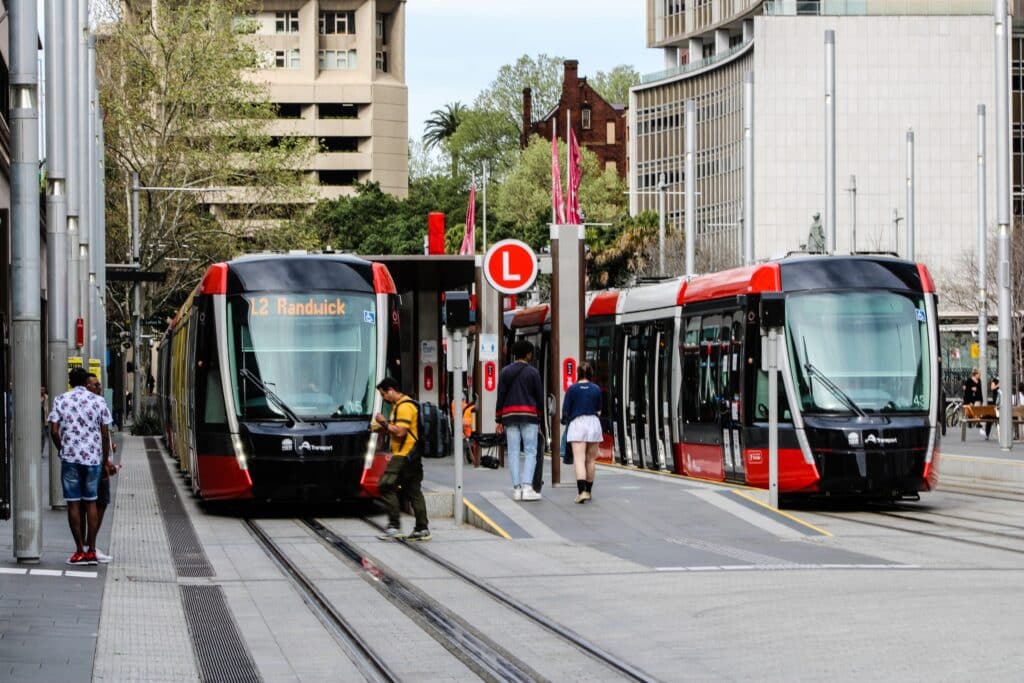
Medical costs
If you’ve secured a permanent work visa, you’ll likely have access to Medicare, Australia’s public healthcare system. Medicare covers many medical expenses, including GP visits and hospital treatments. However, it doesn’t typically cover ambulance services, dental care, or physiotherapy.
To bridge the gap, many Australians opt for private health insurance, which can shorten waiting times and cover treatments excluded by Medicare. Basic private health insurance costs around AUD 166 per month, with prices varying by location.
If you’re not eligible for Medicare, you might need Overseas Visitors Health Cover or Overseas Student Health Cover, depending on your visa. Prices for these policies start at around AUD 65 per month and increase based on coverage.
Utility bills
Energy bills in Australia include a fixed supply charge and a variable charge based on usage. A small household (no children) typically pays an average of AUD 325 per quarter for electricity and AUD 191 per quarter for gas.
Broadband costs depend on factors like speed and extras (e.g., streaming service bundles). On average, home broadband costs AUD 71 per month. Comparison sites like Canstar Blue and Finder can help you secure a good deal.
Entertainment and socialising
Australia is rightly renowned for its buzzy social scene, and you don’t have to spend a fortune to enjoy yourself when it comes down to the cost of living in Australia. Most areas will have mid-range restaurants where you can indulge in a three-course meal for around $50 a head. Many pizzerias, burger joints, and other more casual eateries can serve up a hearty plate for food for less than $10. Pubs are a cherished part of Aussie culture, and a schooner (425 ml) of beer commonly costs between $8 and $12.
Movie tickets can cost $16 or more for adults, with concessions often available for students, children, and seniors. Certain cinemas, like the Hoyts chain, offer rewards schemes providing perks like free popcorn and discounted tickets.
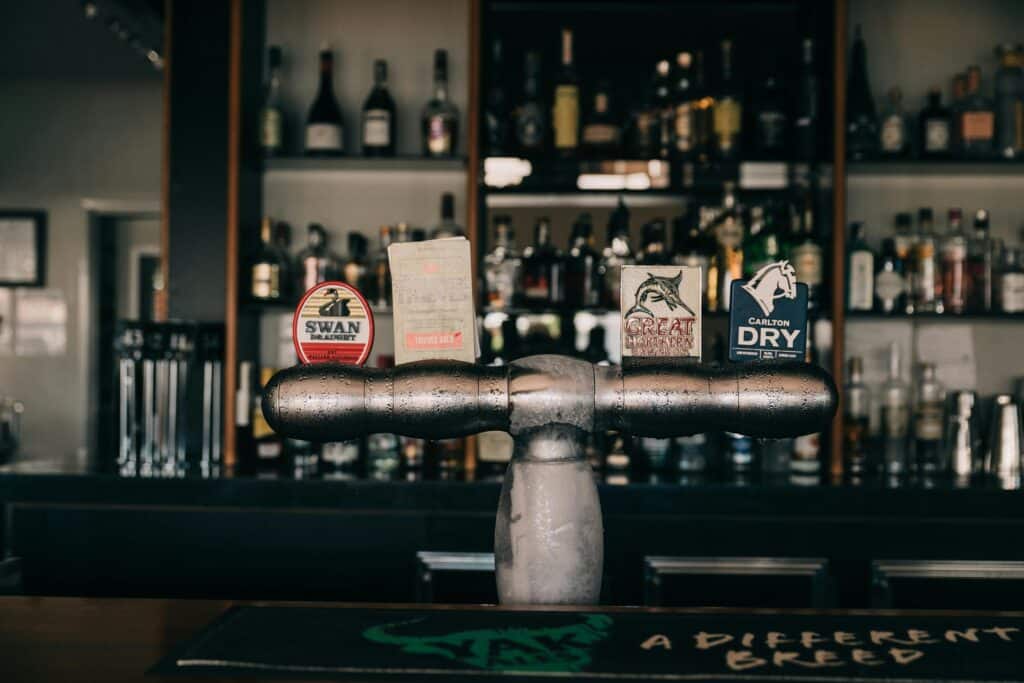
Sending money home
If you’re planning to send money to Australia from the UK, transfer fees and exchange rates can add up. Services like Remitly offer competitive rates and low fees, making regular remittances more affordable.
Median salaries
Australia’s National Minimum Wage is AUD 20.33 per hour, though pay rates vary by industry. The median annual salary is AUD 62,400, meaning half of workers earn more than this amount and half earn less.
FAQs: Moving to Australia and the Cost of Living
How expensive is housing in Australia?
Housing costs vary by city and property type. Canberra has the highest median rent for apartments at AUD 530 per week, followed by Sydney at AUD 490. Melbourne is more affordable, with a median rent of AUD 375 per week. However, it’s possible to find cheaper options by compromising on location or space.
What is public transport like in Australia?
Public transport in Australia is efficient and reasonably priced. In Sydney, the daily fare cap is AUD 16.30 on weekdays and AUD 8.15 on weekends, with a weekly cap of AUD 50. In Canberra, the daily cap is AUD 9.60 on weekdays and AUD 5.87 on weekends. Discounts are available for students, pensioners, and off-peak travel.
How much should I budget for groceries in Australia?
The average weekly grocery bill for a single person is around AUD 98. Costs depend on shopping preferences, with major supermarkets like Woolworths and Coles offering competitive prices on essentials.
Is private health insurance necessary in Australia?
Private health insurance isn’t mandatory if you have access to Medicare, but it can cover treatments not included in Medicare and reduce waiting times. Basic health insurance costs around AUD 166 per month. If you’re not eligible for Medicare, visa requirements may mandate Overseas Visitors or Student Health Cover.
What are typical utility costs in Australia?
For a small household, the average electricity bill is AUD 325 per quarter, while gas averages AUD 191 per quarter. Home broadband costs around AUD 71 per month, though cheaper options are available for slower speeds.
